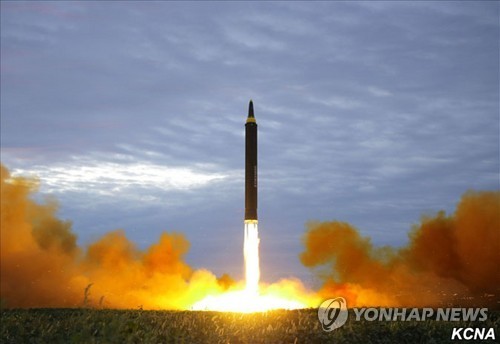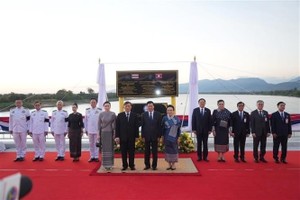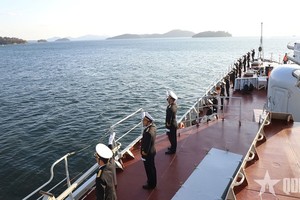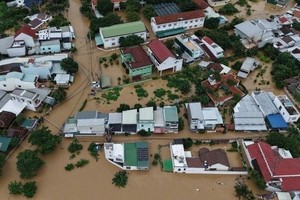
In a report to the National Assembly, the ministry said the Hwasong-12 intermediate-range ballistic missile (IRBM) was fired at a "normal" angle but at half range.
It means the missile's full range is between 4,500-5,000 km.
The missile, launched at the Sunan airfield in Pyongyang on Tuesday morning overflew the northern territory of Japan and splashed into nearby waters. It traveled more than 2,700 km at a maximum altitude of some 550 km, according to the South's military.
It's the North's 13th ballistic missile fired this year alone. It marked the seventh since the launch of the South's Moon Jae-in administration, which is eager to improve inter-Korean ties.
Vice Defense Minister Suh Choo-suk pointed out it's premature to conclude whether the missile succeeded in atmospheric re-entry, a crucial technology for a combat-capable ballistic missile.
"We have not reached a conclusion" on the issue yet, he told lawmakers. "Painstaking verification is necessary for this part."
On a news report that the North's missile broke into three separate pieces in a terminal phase failure, he said it's believed to be based on "speculation."
His ministry, meanwhile, said the North is expected to continue its belligerence for the time being.
"There's a possibility of strategic provocations, including additional ballistic missile launches and a sixth nuclear test," the ministry said. "It appears to be intended to show off an improvement in the capability of nuclear warheads and delivery means."
The North remains ready to detonate a nuclear bomb anytime in his Punggye-ri test site, it added.
Meanwhile, there's no "unusual indication" of a tactical provocation like a guerrilla-style attack near the inter-Korean border, according to the ministry.
On the Kim Jong-un regime's intentions behind the recent missile firing, the ministry said it seems to be in line with its "strong protest" against the Ulchi Freedom Guardian (UFG) joint military exercise between South Korea and the United States.
The North apparently wanted to show off its resolve and ability to carry out the threat of striking waters near Guam in "enveloping fire," the ministry said.
"Also, North Korea appears to have sought to gain the upper hand in its relations with the U.S." by demonstrating the capability of its new ballistic missile, it added, source from the Yonhap..
























